The beverage industry is experiencing a wave of bankruptcies. Companies across beer, wine, and coffee sectors are filing for Chapter 11. Major brands like Anchor Brewing have shut down operations.
This trend signals significant shifts in consumer preferences and market dynamics. Did you know? The term “beerpocalypse” was coined in 2023 to describe the sudden surge in brewery bankruptcies.
Craft Beer Crisis: Iconic Breweries Fall to Bankruptcy
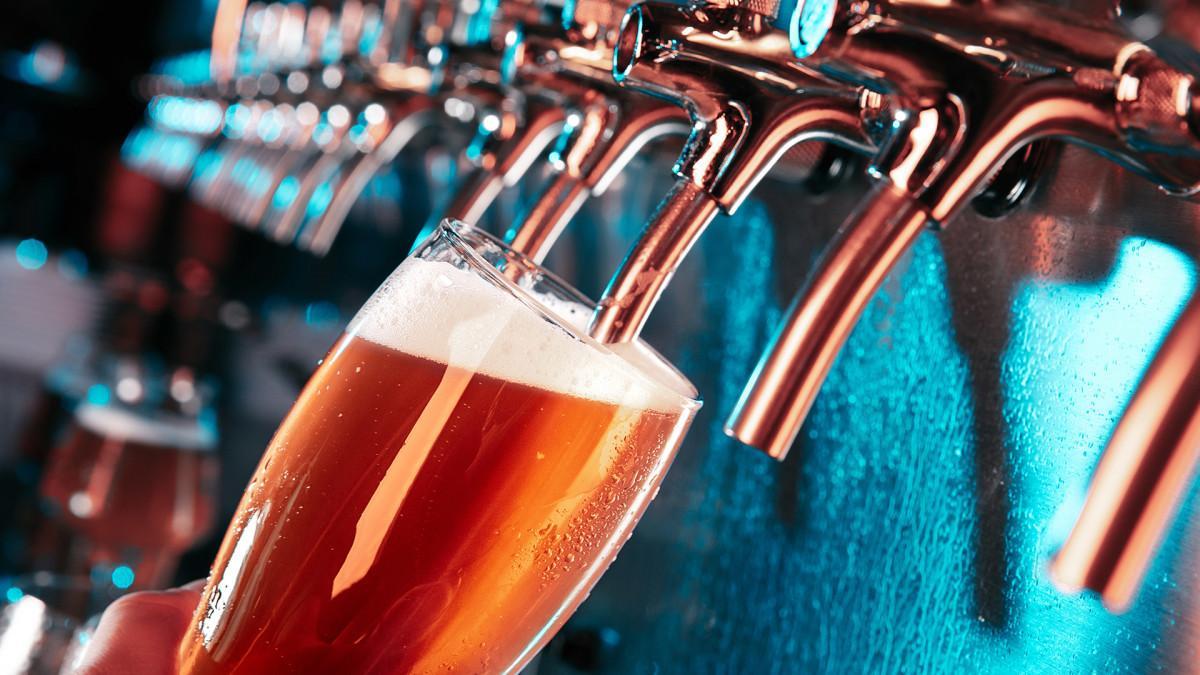
Several well-known craft breweries have filed for bankruptcy. Anchor Brewing, a 127-year-old company, led the pack. Regional favorites like Metropolitan Brewing and Flying Fish followed suit.
These closures highlight the challenges facing the craft beer industry. Stat: The number of craft breweries in the U.S. peaked at 9,118 in 2021 before declining.
Beyond Beer: Wine and Coffee Companies Face Hardship
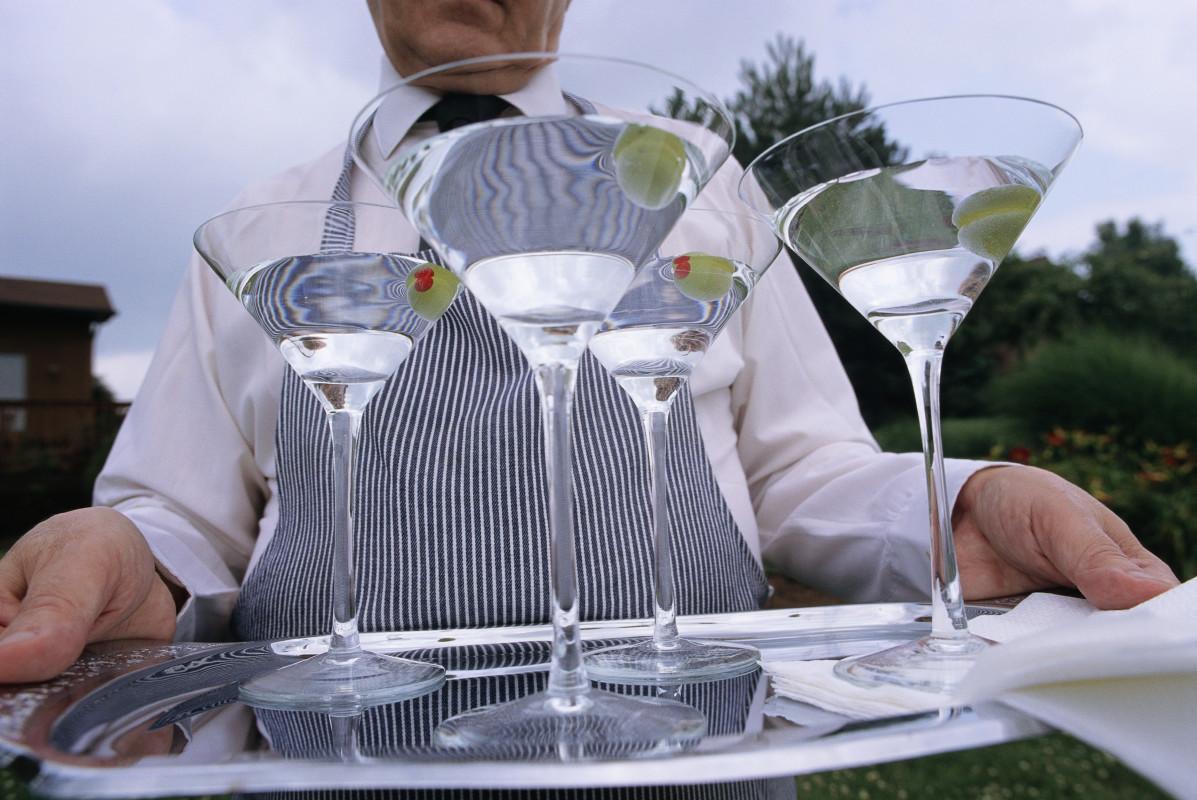
The financial crisis extends beyond the beer industry. Non-alcoholic beverage retailer Boisson filed for Chapter 11. Frinj, an organic coffee bean company, also faced bankruptcy.
These cases demonstrate the widespread nature of the industry’s challenges. But what’s driving this cross-sector decline in the beverage industry?
Pandemic Aftermath: COVID-19’s Long-Term Impact on Beverages
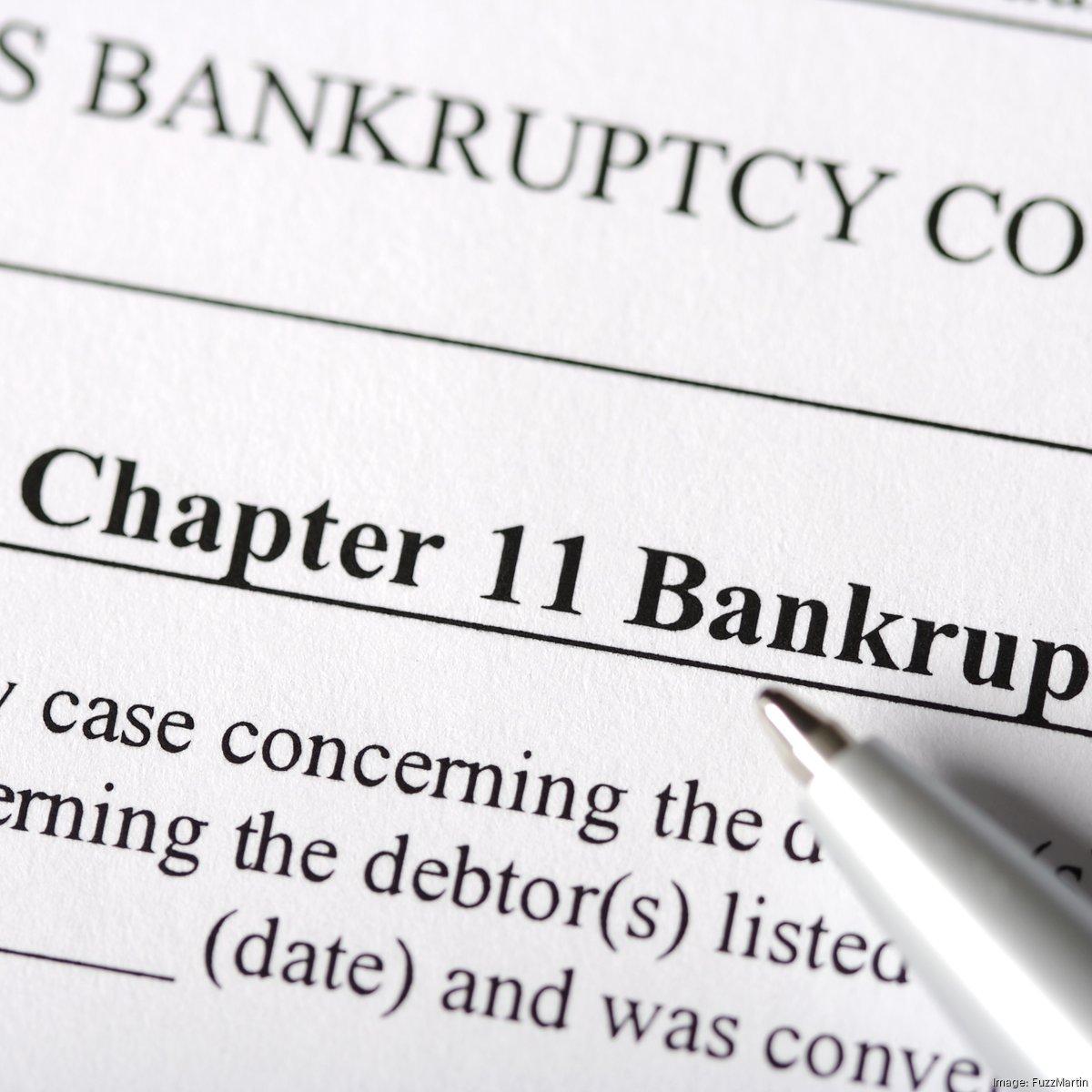
The COVID-19 pandemic significantly impacted beverage companies’ sales. Many businesses borrowed heavily to survive lockdowns and restrictions.
As sales failed to return to pre-pandemic levels, debt became unsustainable. This situation created a vicious cycle of financial strain. Fact: During the peak of the pandemic, on-premise alcohol sales dropped by up to 70% in some regions.
Generational Shift: Younger Consumers Reshape Drinking Habits

Changing consumer preferences contribute to the industry’s struggles. Younger generations are drinking less beer than previous ones. This shift affects traditional beer brands most significantly.
Companies must adapt to evolving tastes or risk obsolescence. Did you know? Millennials drink 20% less alcohol per capita than Gen X did at the same age.
Vintage Wine Estates: Major Player Files Chapter 11
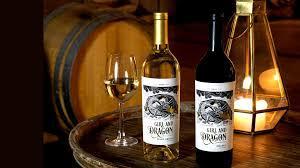
Vintage Wine Estates (VWE), a significant wine company, has filed for Chapter 11 bankruptcy. VWE operates wineries across multiple states. The company cites “negative financial headwinds” as the reason for its filing.
This bankruptcy marks a significant development in the wine industry. With such a major player faltering, what does this mean for the future of the wine industry?
Restructuring Plan: VWE’s Strategy for Financial Recovery
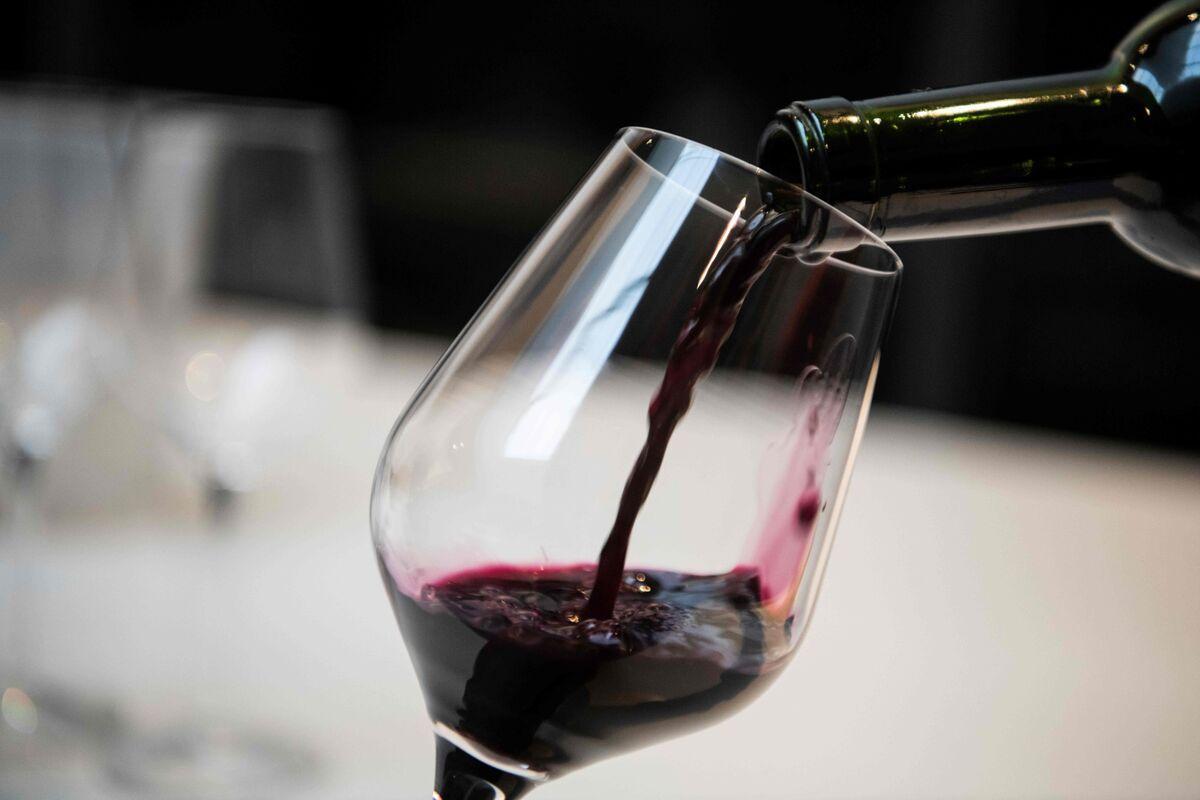
VWE has outlined a plan for its Chapter 11 proceedings. The company aims to address debt obligations while pursuing asset sales. VWE seeks $60.5 million in debtor-in-possession financing.
This strategy demonstrates the company’s attempt to navigate its financial challenges. Chapter 11 bankruptcies have a success rate of about 10-15% for businesses emerging and continuing operations.
Industry-Wide Cost Pressures: Labor and Materials Squeeze Profits

Beverage companies face increasing costs on multiple fronts. Labor expenses have risen significantly. Raw material prices have also increased.
These cost pressures compound the financial challenges faced by the industry.
Fact: The price of aluminum cans, crucial for many beverages, increased by over 20% in 2021.
Legacy vs. Innovation: Balancing Tradition and Future
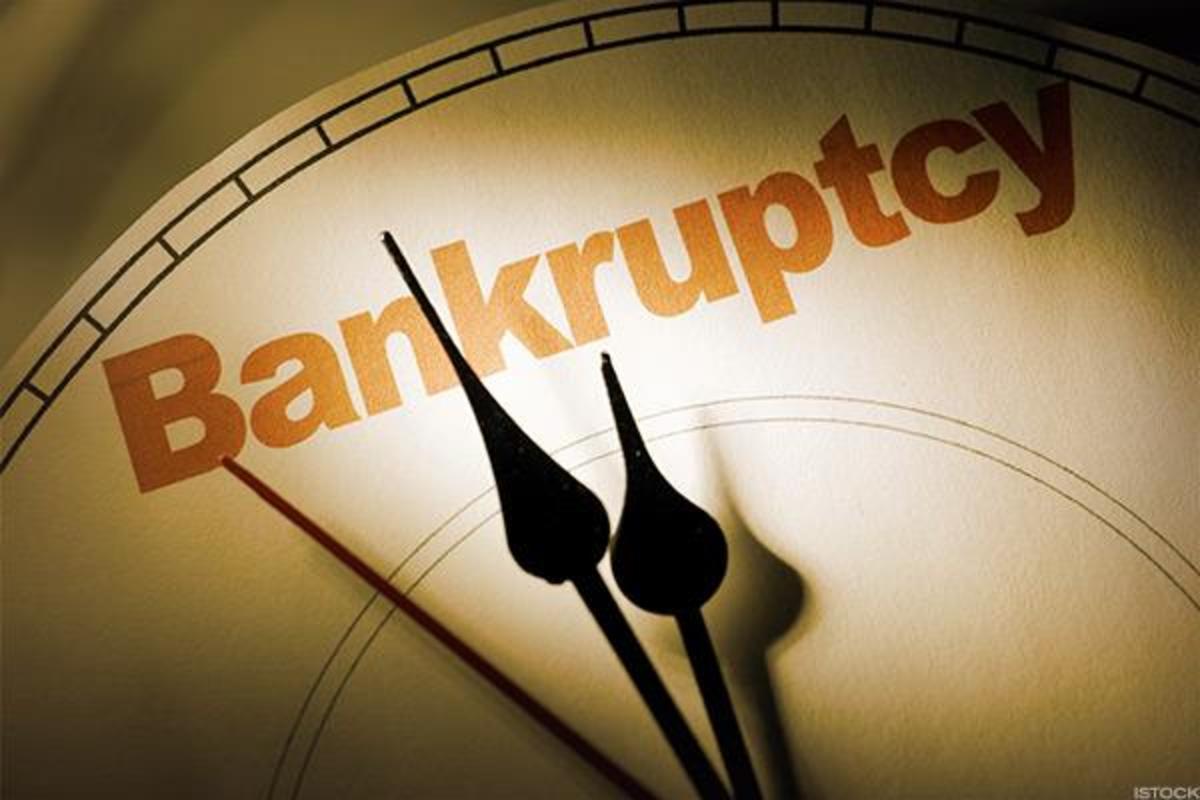
Companies like VWE struggle to balance their historical legacy with innovation. They aim to preserve traditional brands while creating new products.
This balancing act becomes more challenging in a financially strained environment. Can these companies innovate fast enough to save their legacy brands?
Market Consolidation: Big Players May Benefit from Bankruptcies
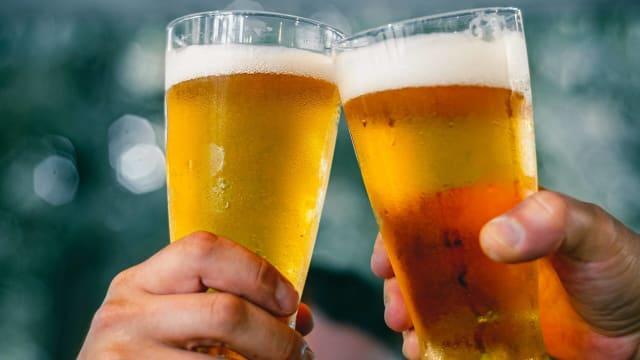
The wave of bankruptcies could lead to market consolidation. Larger companies may acquire struggling brands at discounted prices.
This trend could reshape the competitive landscape of the beverage industry. Did you know? The top 10 beer companies control over 70% of the global beer market.

